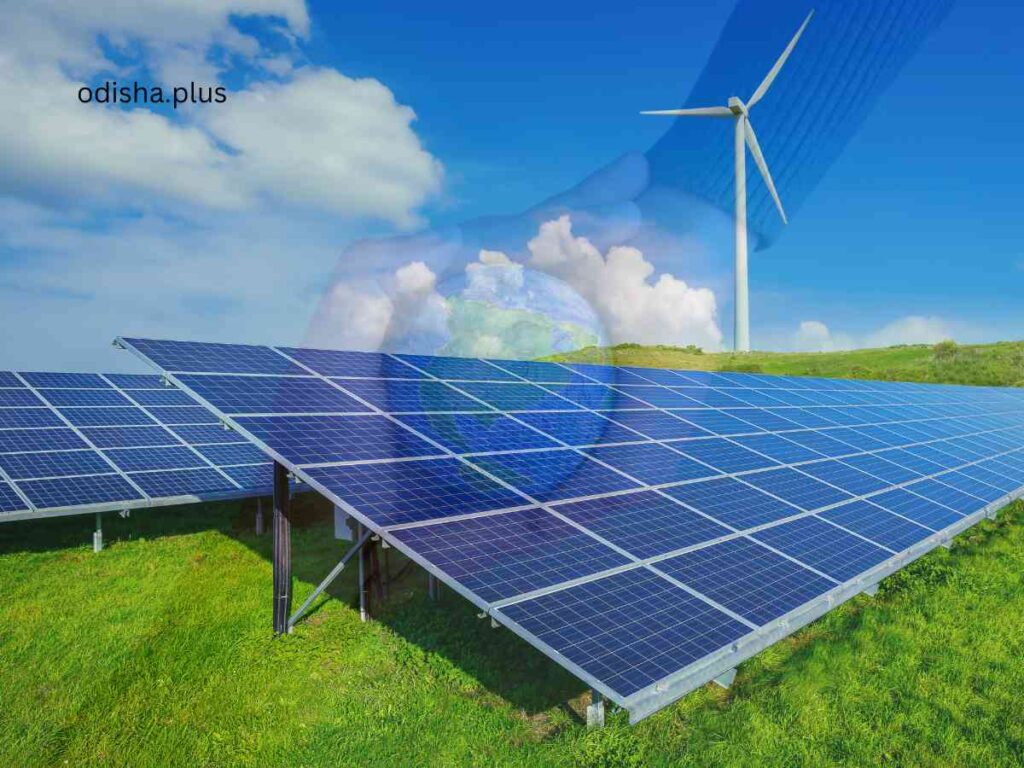Goal seven of Sustainable Development Goals, the global agenda for sustainable development of the world, envisions access to affordable, reliable, sustainable and modern energy for all by 2030
Pradeep Kumar Biswal

Recently the last thermal power plant in British soil had to close its operations as a part of the country’s commitment towards renewable energy sources. It’s hailed as a historic day for those who believe that future generations have a right for affordable green energy for a sustainable world. The Ratcliffe-on- Shore power station commissioned in 1968 at Nottinghamshire in central England owned and operated by Uniper had a capacity of generating 2000 MW electricity using coal. However, the government took a conscious decision to close down the project following a public policy to reduce carbon emissions usually associated with thermal power generation. It has far reached implications for global warming and climate change initiatives and has set an example for other countries.
Goal seven of Sustainable Development Goals, the global agenda for sustainable development of the world, envisions access to affordable, reliable, sustainable and modern energy for all by 2030. It targets among other things to achieve increase in global percentage in renewable energy. Usually electricity is generated from hydropower, thermal power and green energy sources. The green energy or renewable energy sources include solar power, wind power and other unconventional sources. In view of the rising trend of global warming and climate change impacts globally and in order to mitigate the effects of high degree of carbon emissions associated with thermal power generation it was agreed by world leaders to phase out generation of thermal power worldwide. England has now been able to achieve this objective with closure of its last thermal power plant in a significant move sending message to other countries to follow suit.
Odisha is one of the few states having all the energy sources like thermal, hydropower and unconventional energy. With rich deposits of coal in the state it is quite easy for generate thermal power to meet its demand. Simultaneously, being a coastal state with a number of rivers flowing through the state, it has enormous potential to generate hydropower. At the same time, keeping in the global commitments in view, the state is trying to generate green energy although in a small quantity. Besides, NTPC power plant in Talcher, most of the mineral based industries in the state have their own captive power plants based on coal since it’s comparatively cheaper. If taken together these power plants contribute significantly to carbon emissions in the state and its environment impact cannot be ignored.
Time may come when the government has to take a call on closing down the thermal power plants in the state. Before doing so, there has to be a concerted effort to increase our energy efficiency on the one hand and to increase our capacity to produce hydropower and solar power as well as wind power. Gradually we have to shift our focus to hydropower and solar power. In a planned manner we have to create small hydropower projects in different parts of the state over the major rivers so that our dependence on thermal power gets reduced. Odisha has three hundred days of sunlight to generate solar power provided each building plan approved by the local authorities need to have a mandatory provision for solar panels on the rooftop and it should be subsidised by the government. Long back we had seen windmills standing in the Puri Sea beach. Over the years they’ve been left unused and vanished from the sight. Our state having a long coastline, there is feasibility for generating wind power in a substantial way.
Presently, TATA Power is entrusted with distribution of power in the state. Interestingly, it is one of the major players in green energy technology in the country. Recently, it has announced to invest about Rs 1.2 lakh crore in Rajasthan across power value chain including generation of solar, wind, hybrid and battery energy ecosystem. It’s an eye opener for the state government and the state can ask TATA Power to come forward to invest in the power sector in the state particularly in augmenting the renewable energy capacity in the state through modern technology. It will go a long way to achieve the objectives of providing affordable, reliable and sustainable electricity for the future generations in the state as envisaged in the Sustainable Development Goals.
(The author is a poet & columnist and a former bureaucrat. Views expressed are personal)


























A nice article to rake up the govt to introspect and take a way forward in tapping green energy and explore other means of renewal energy sources to cater to its demand Highlighting the SDG and taking a way forward in meeting its energy demand is certainly going to yield rich dividend towards sustainability. Well articulated.
An eye-opening story beautifully narrated.
Odisha along with other states need to focus on renewable energy. We have Renewable Energy Policy
in place..This policy encourages investors for establishing Renewable projects in the state by providing fiscal Incentives. Government in addition to Renewables is focusing on Energy storage particularly pumped hydro power storage. Now PSP projects are being implemented in Indravati and Balimela.
In the context of world’s upcoming apprehended disastor due to massive industrialization and and its large scale environmental pollution, renewable energy such as solar and wind energy would become the only solution to save the humanity from imminent catastrophe.